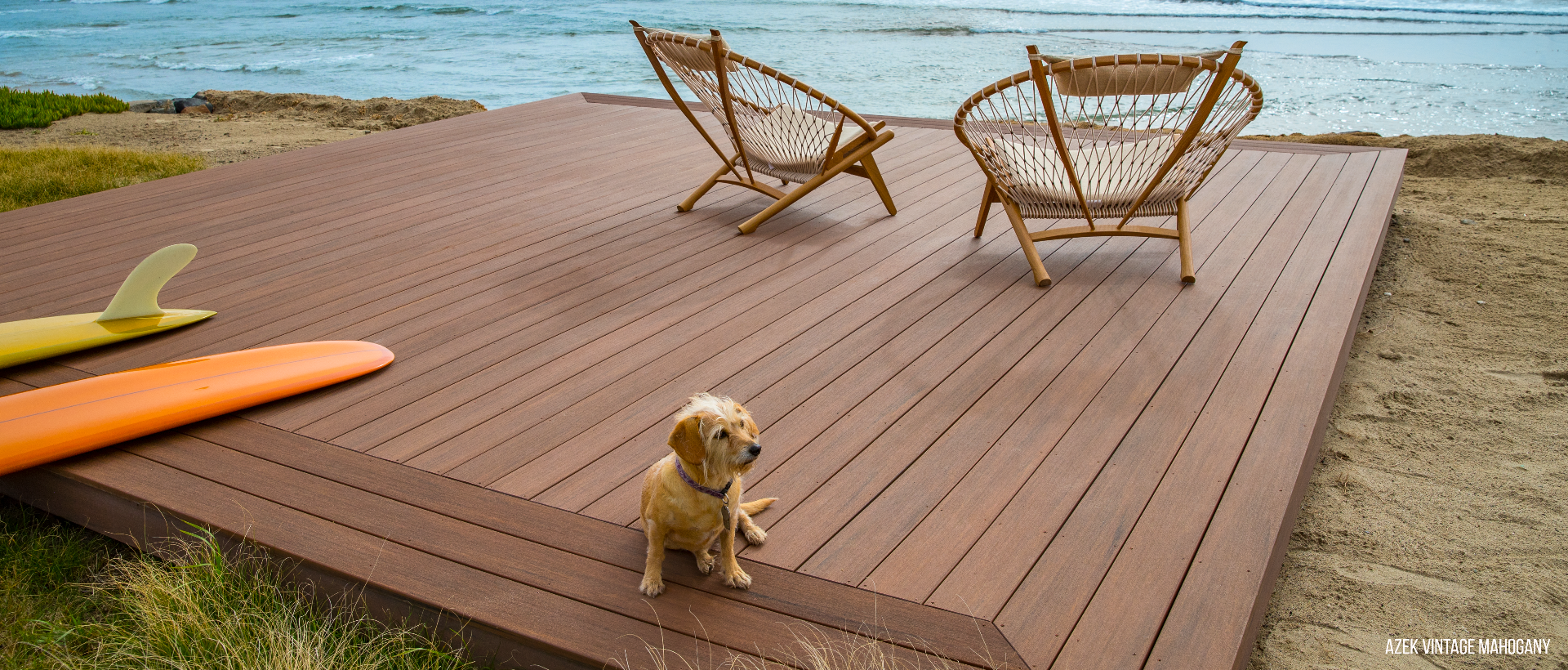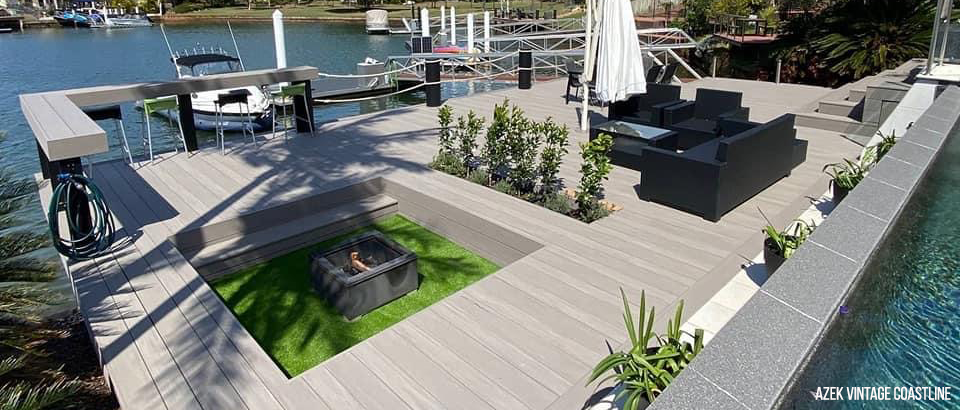Common issues with decking
Spring is here and homeowners will be looking to upgrade their outdoor living space. A popular choice for outdoor upgrade is decking, and recently, we’ve seen a growing trend in decking built closer to the ground.
Most reno projects these days are inspired by social media content or TV shows, and while the finished product looks amazing on-screen, most homeowners are oblivious to the magic that happens behind the scenes. As a result, some DIY customers rush in without considering:
- Water pooling under their new deck
- Some warping on the timber decking
- The BAL rating of their home
- Products that are better suited for building around a pool or a coastal area
- Distance from the ground
What to consider before recommending a product
Your customers see images of amazing decks and they are inspired, and most of them will want timber decking. Part of your job is to ask them the right questions which will help them better understand why some products will work best for their space and create a longer lasting deck. You want to walk away from a project with satisfied customers who are confident that their new decking ticks all the boxes for them.
To prevent the most common issues that come with using the wrong product for building decking, we’ve narrowed down the considerations to these questions:
- Is the build in a BAL area?
- Building in a BAL area will immediately narrow down the options to either hardwood or composite decking. There are composite decking materials that are designed and made for up to BAL 40.
- Is the deck 400mm from the ground or lower?
- The considerations are close to the ground will change the timber requirements from H3 potentially to H4, and we need to consider moisture take up with the timber decking. When timber is selected it is prone to absorbing moisture which causes movement in the product. To avoid these issues, you will have to make compensations through ensuring that water can drain away from the ground surface below the deck, that there is adequate ventilation, and that the gapping between the timber boards is at a minimum of 8mm.
- Are you building close to a pool or a coastal area?
- Remembering that timber will absorb moisture, it is important to ensure that the above and below surface of the timber decking can adequately dry.
- Are your customers ready to commit to maintenance?
- Timber decking will require cleaning and resealing every 6-12 months (depending on manufacturer’s guidelines) to keep their decking looking as great as the first day it was installed. If the location of the build is in an exposed space, or close to a pool and a coastal area then the frequency of the maintenance will increase.
While timber is a favourite and will continue to be amongst deck-builders, there will be job sites where alternative products may perform better or are best suited to withstand specific conditions or a customer lifestyle. An option that you can offer is composite decking.
Advantages of Composite Decking

From the first-generation composites, there have been many advances to the technology behind composite decks, including products which look and feel like real wood, through to the now prevalent capped product. Most composite decking materials are safe for coastal areas, and a number can be used as well in bushfire prone spaces. What’s more is that most of these composite decking materials offer stain and fade warranties!
Other benefits of composite decking include:
- Some composite decks can be installed closer to the ground below 400mm, or on the ground in the case of the Millboard decking
- Moisture doesn’t affect their performance as much as it does on timber decking, which means that composites don’t warp or move after installation. It is the ideal product for installing near a pool or in coastal areas with composites offering a slip rating (P5 being the highest).
- Less maintenance requirements
- The maintenance of composite decking is minimal compared to timber decking as the material doesn’t have to be resealed.
- Fade and stain warranty
- The fade and stain warranty means that you don’t have to reseal it and maintain. The standard warranty being for 25 years!
| We have prepared an extensive list of things to consider when choosing the right decking material for the space, knowing that not all materials and composites are the same: How to choose the right deck |



